Melissa Seide sits on the exam table, swings her feet and grins with excitement.
Her left leg hangs a couple inches shorter than her right. But it hangs straight―for the first time she can remember.
Melissa was just a baby when her leg was broken in the 2010 earthquake in Haiti. When the injury healed, her calf bones remained bent at a right angle.
Now, recovering from surgery to straighten the leg, 6-year-old Melissa hopes to hear good news. She can’t wait to ditch the clunky black surgical walking boot. She has a pair of snazzy purple tennis shoes calling her name.
Jeffrey Cassidy, MD, a pediatric orthopedist with Spectrum Health Helen DeVos Children’s Hospital, examines Melissa’s leg, flexing her foot back and forth. He performed the operation on the leg Sept. 1, after the agency Healing the Children brought Melissa from her home near Port au Prince, Haiti, to Grand Rapids, Michigan, for medical care.
“The incision has held up beautifully,” he says.
“Her leg is just in a really good position. And her joints feel fantastic. Her ankle joint had literally no movement (before the operation).”
I think what people don’t understand about Haiti is that if you can’t walk, you are in big trouble.
And then he says the words Melissa longs to hear: “We can get rid of that boot and put her in regular shoes and see how she does with that.”
Melissa’s host mother, Betsy Miedema, makes sure Melissa understands. “No boot, Melissa,” she says.
Melissa presses her hands to her face. Her eyes sparkle.
“No boot,” Miedema repeats.
Melissa sits silent a moment, her hands still covering her mouth, as if she can’t believe it. She looks up. Grins. And whispers, “Thank you, Jesus!”
Soon, she stands on the floor, her purple tennis shoes laced up, and walks tentatively across the room. It takes a bit to get used to the new shoes―the left has a 2-inch lift to accommodate the shorter leg.
But the small steps add up to a big moment for this little girl far from home and family.
Adjusting to a new home
“She’s just the sweetest kid,” Miedema says. She and her husband, Eric, welcomed Melissa into their home in Walker, Michigan, serving as her host parents during her stay.
Since she arrived in August, Melissa has struggled with homesickness, longing for her family and home in Haiti. She eagerly shows a picture of herself with her mother.
But Melissa also has become attached to the Miedemas and their children, 10-year-old Evan and 7-year-old Alaina. She goes to school with Alaina and has learned so much English the family rarely needs an interpreter any more.
The running and playing is going to make that calf strong. Being a kid is the best therapy there is.
Melissa came to the attention of Healing the Children through a school created in Haiti by several Spectrum Health employees, the Power of Education Foundation.
The school’s medical director, Jeri Kessenich, MD, also is a pediatrician at Helen DeVos Children’s Hospital. She contacted Healing the Children, as well as Dr. Cassidy and the hospital, to see if they could help Melissa.
Dr. Kessenich is unsure how Melissa’s leg became injured―only that it was crushed when a devastating 7.0 magnitude earthquake struck Haiti in 2010.
Melissa could hobble for short distances―and with a lot of pain. Family members carried her when she had to walk far.
Her leg “was in pretty rough shape,” Dr. Cassidy says. It appeared someone tried to fix the break, but the leg never healed properly. The shin bones―the tibia and fibula―remained bent at a 90-degree angle.
In surgery, Dr. Cassidy had to shorten the bones about 2 inches as he straightened them. He also lengthened the skin and tendons in the back of the leg.
“At least we can give her a straight leg that is hopefully pain-free,” he says. “Hopefully, this will make a profound difference in her life.”
For six weeks after surgery, her leg healed and Melissa looked forward to the day she could wear her new tennis shoes. A local store, Mieras Family Shoes, donated the shoes. Mary Free Bed Rehabilitation Hospital added the lift to the left shoe.
Ready to run and play
As Melissa walks up and down the hall, testing out her new shoes at Dr. Cassidy’s office, Miedema asks if she should limit her activities. Should she protect Melissa from doing too much too soon? Usually, she uses a wheelchair to cover long distances and walks for shorter stretches.
Melissa will find those limits for herself, Dr. Cassidy says. The more she walks, the stronger her leg will become and the less she will need the wheelchair.
“The running and playing is going to make that calf strong,” he says. “I think she’ll get her strength back over time. Being a kid is the best therapy there is.”
“Run and play,” he tells Melissa. She claps and beams.
Melissa gives goodbye hugs to Dr. Cassidy and nurse Chelsea Ciampa, RN.
And it’s off to school. She arrives at West Side Christian mid-morning. As she passes a fourth-grade classroom, her host brother, Evan, comes out to give her a hug. Soon, a circle of big kids forms, admiring Melissa’s purple shoes.
At her second-grade classroom, a double treat awaits. Melissa gets to show off her shoes and the class sings “Happy Birthday” to her. It’s two days early, but school won’t be in session the day Melissa turns 7.
The kids show the journal entries they wrote about Melissa in honor of her birthday.
Her host sister, Alaina, talks about the Haitian Creole words she has learned from Melissa. She recites several―including “dlo” (water) and “bon” (good). She explains how to ask if Melissa’s leg hurts: “Fe mal?”
Mobility is crucial
Melissa’s leg “is healing beautifully,” Dr. Kessenich says. And although there is a 2-inch difference in the length of her legs, that difference will decrease over time. The surgery will prompt the bone to grow faster in an effort to catch up.
The doctor hopes, through the school, to continue providing updated shoes with lifts to match Melissa’s growing feet.
The repair to the leg will make Melissa’s life much easier―now and in the future, Dr. Kessenich says.
“I think what people don’t understand about Haiti is that if you can’t walk, you are in big trouble,” she says. “You don’t have cars or money for motorcycle rides or taxi cabs. People walk―and they walk everywhere. If you are unable to do that, you are not going to be useful to your family.”
Being able to walk on two strong legs will allow Melissa to do everything other children do.
“This is going to change her life forever,” she says.
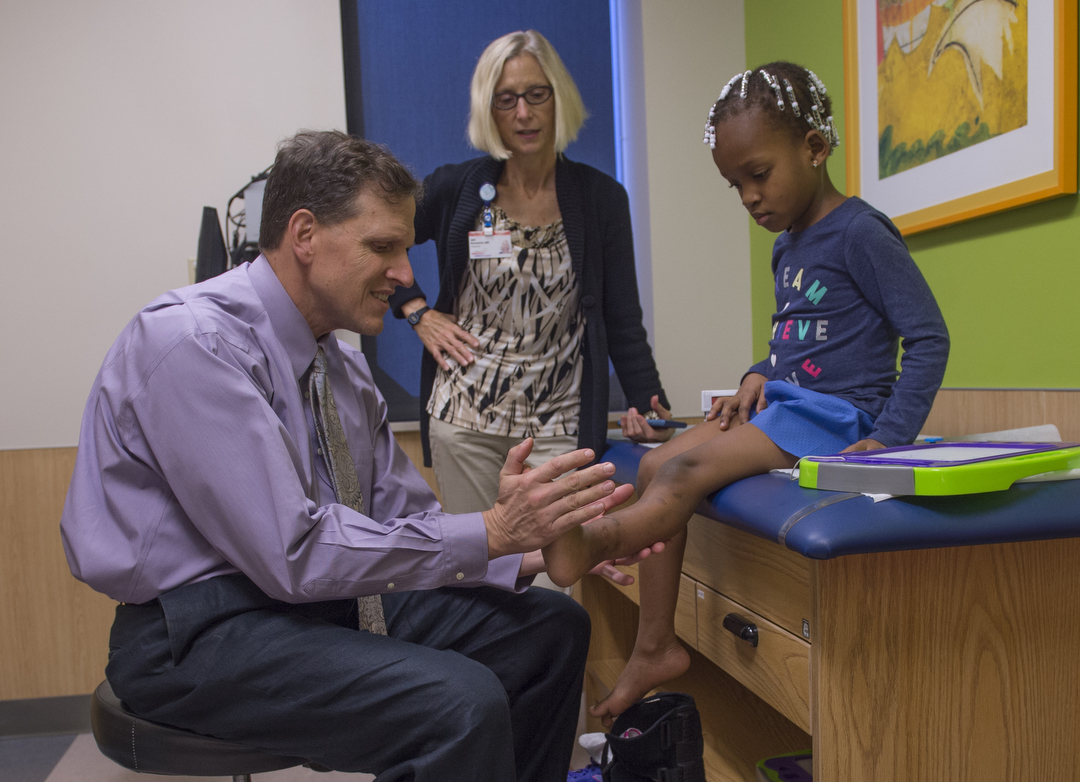


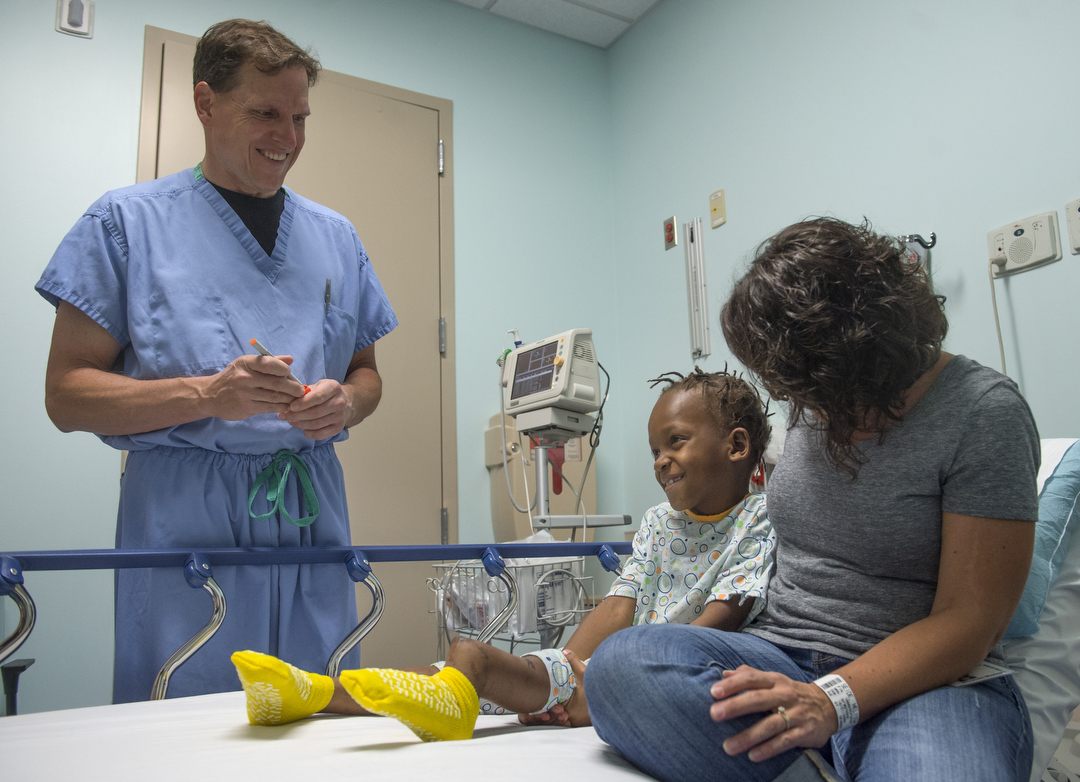

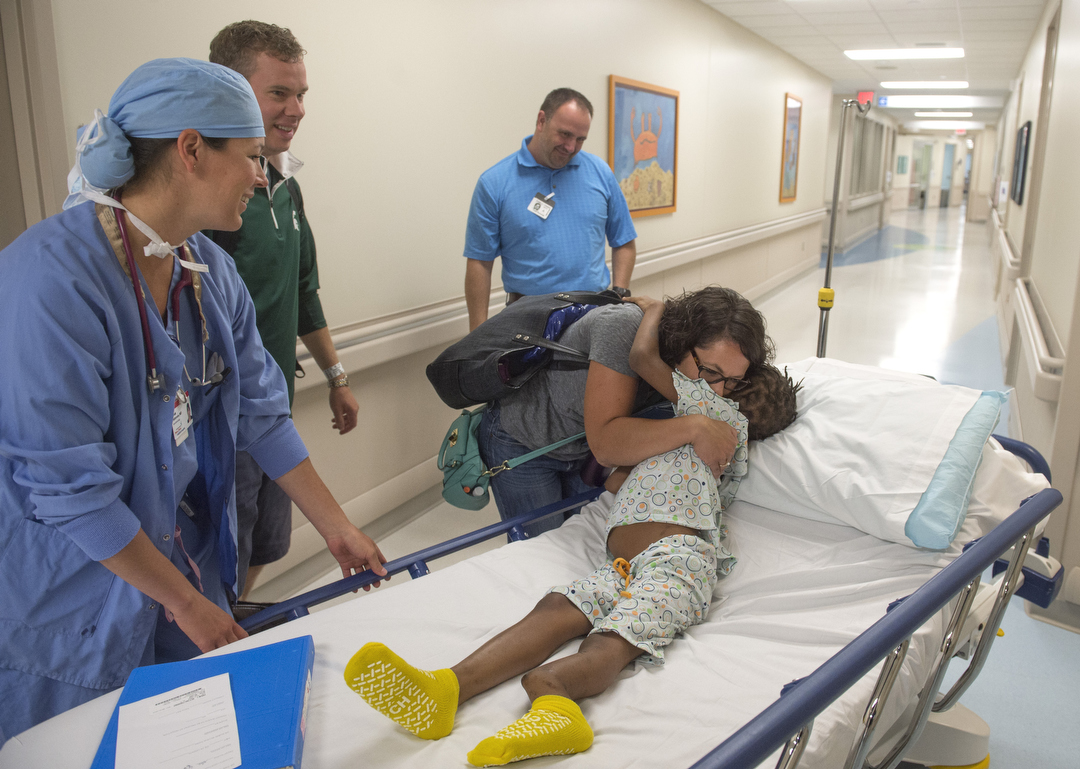
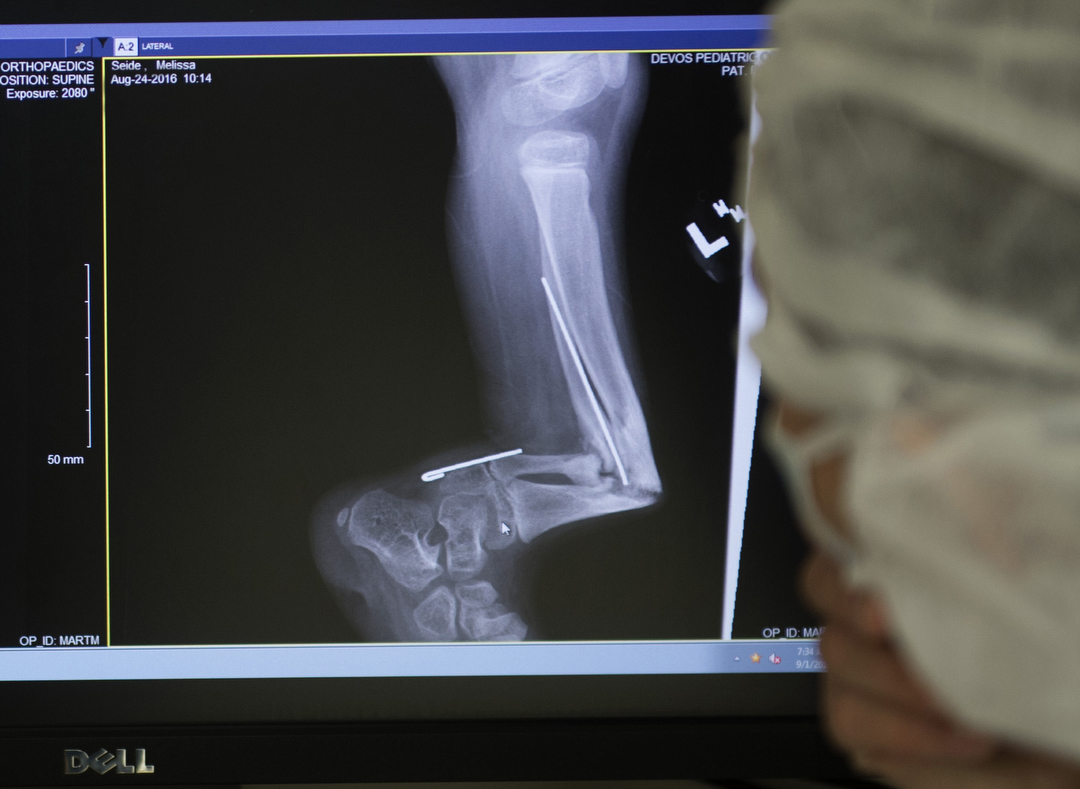
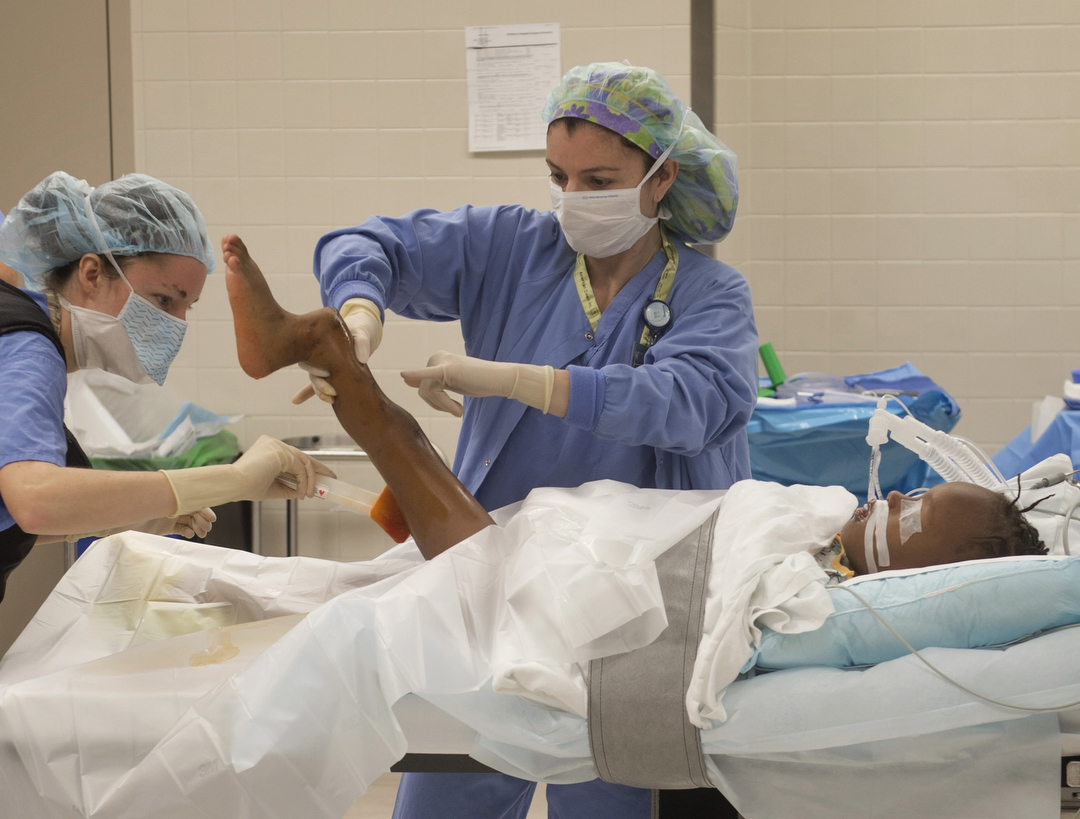
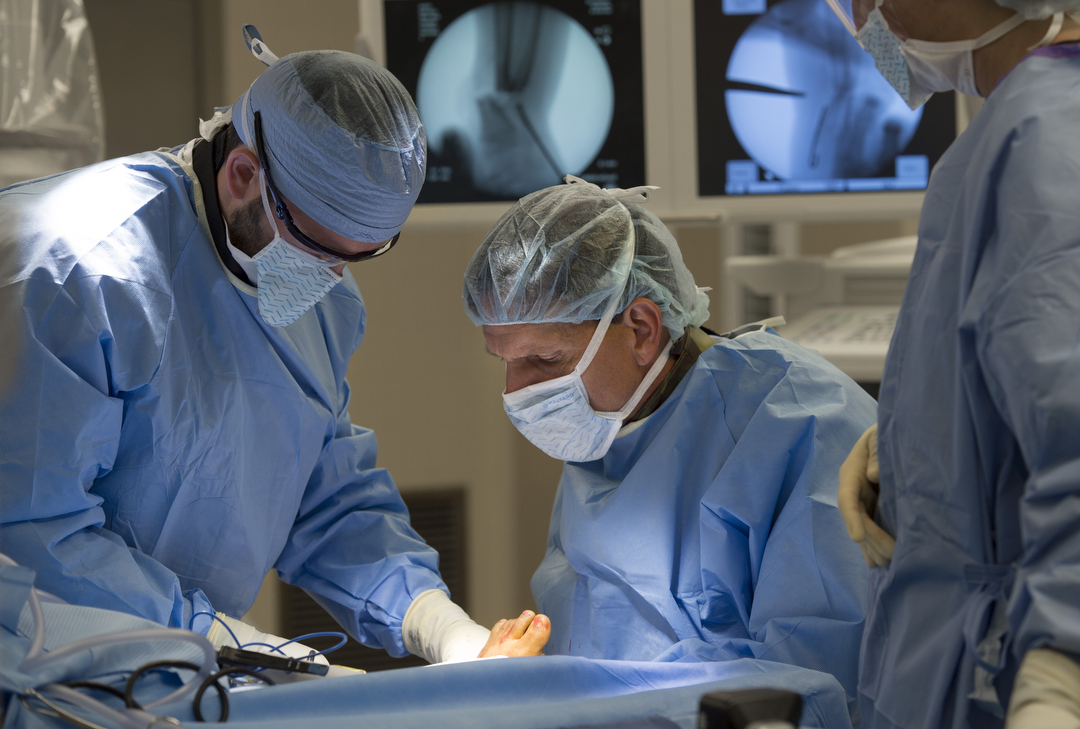
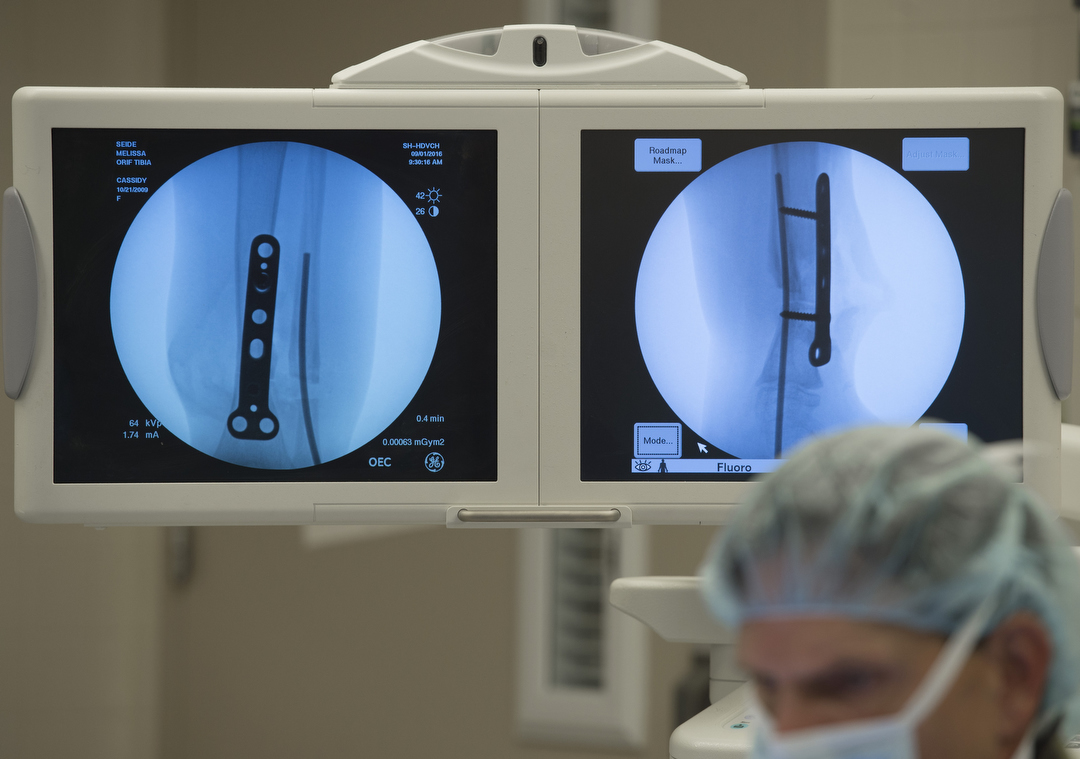
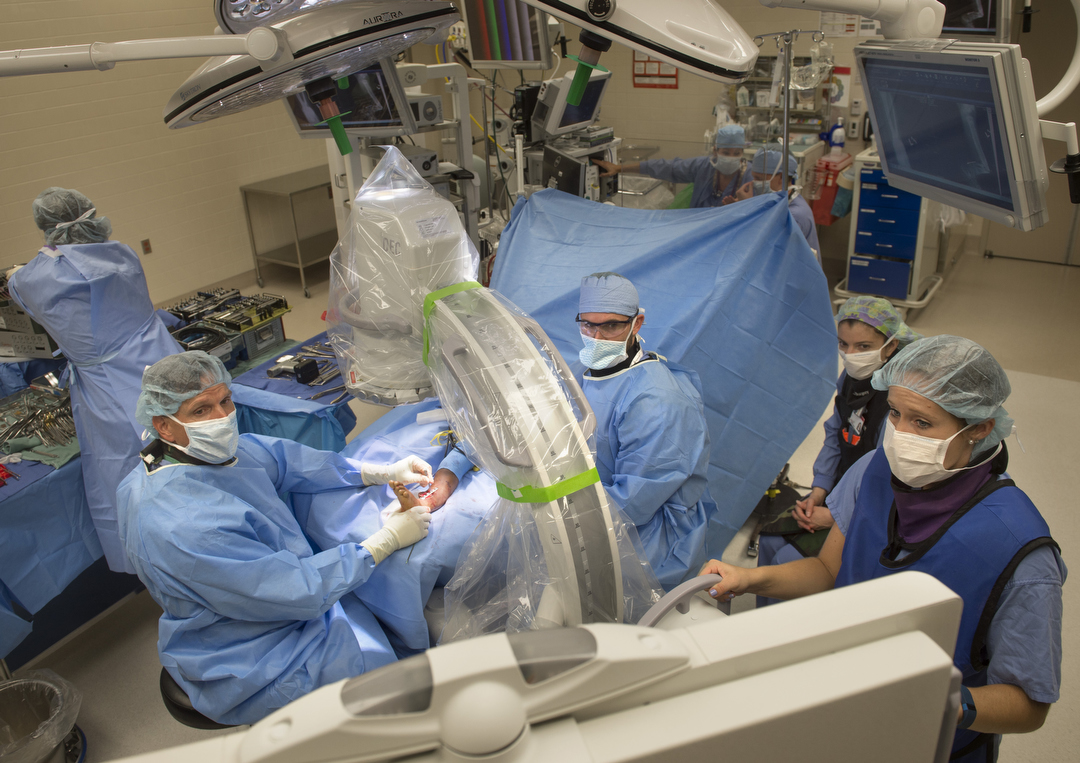


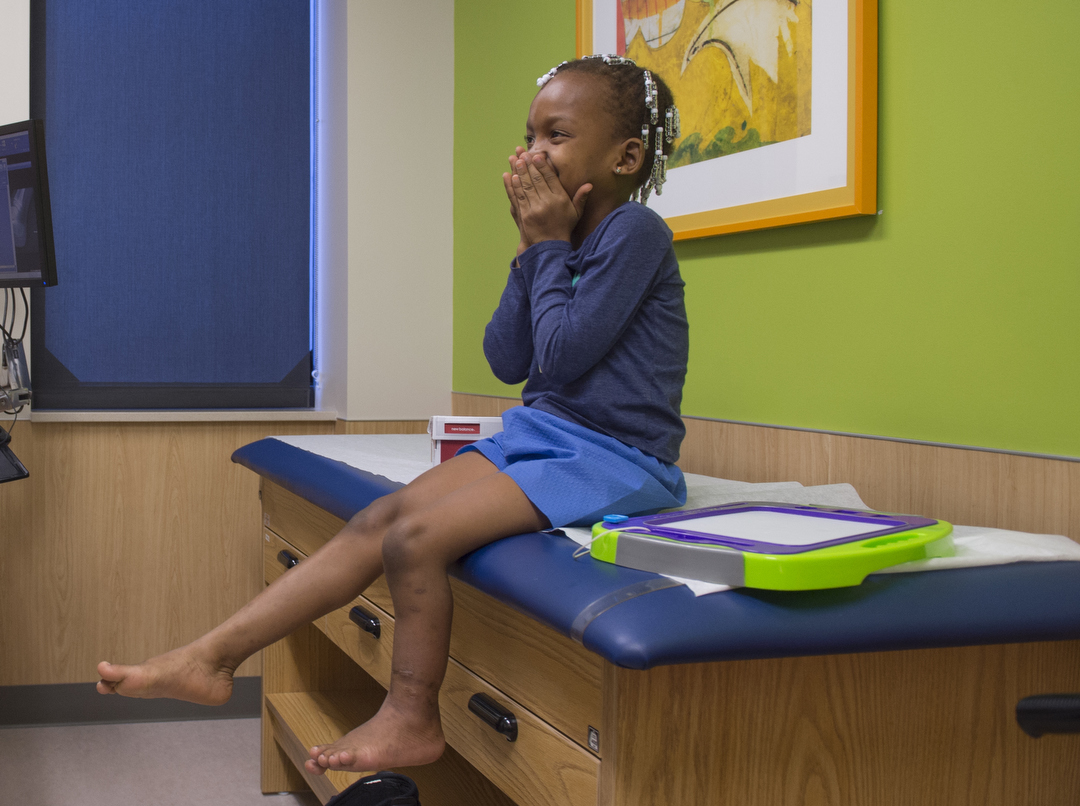
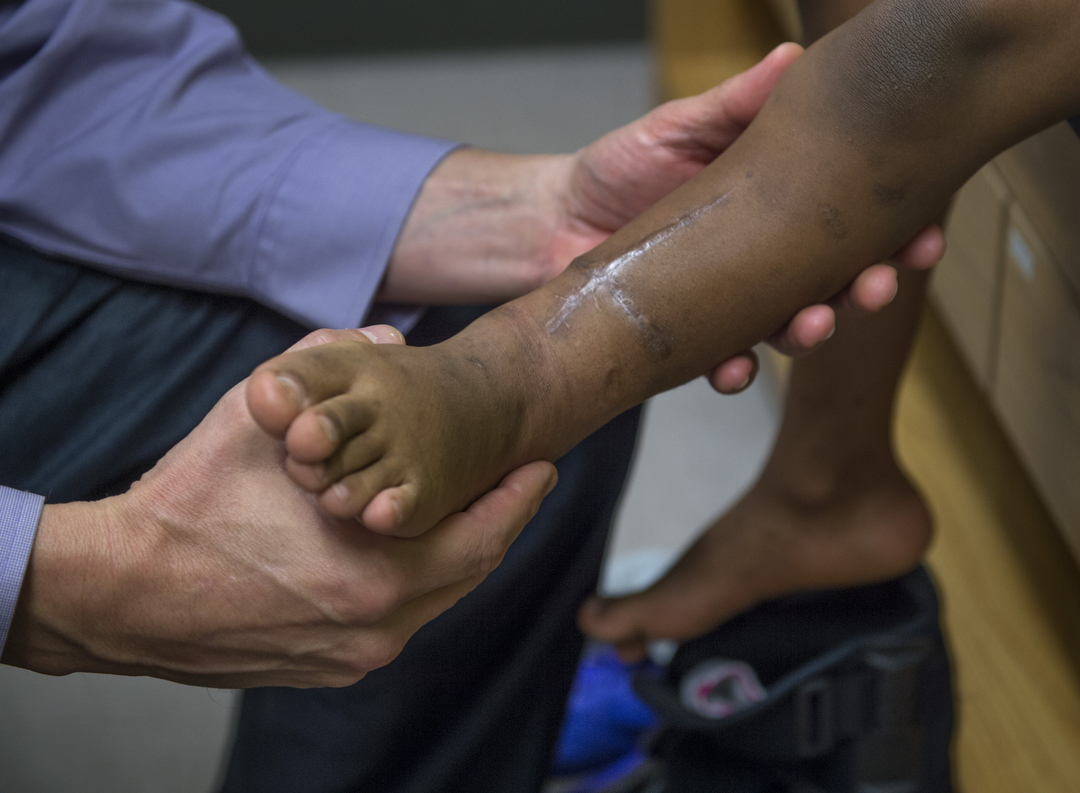
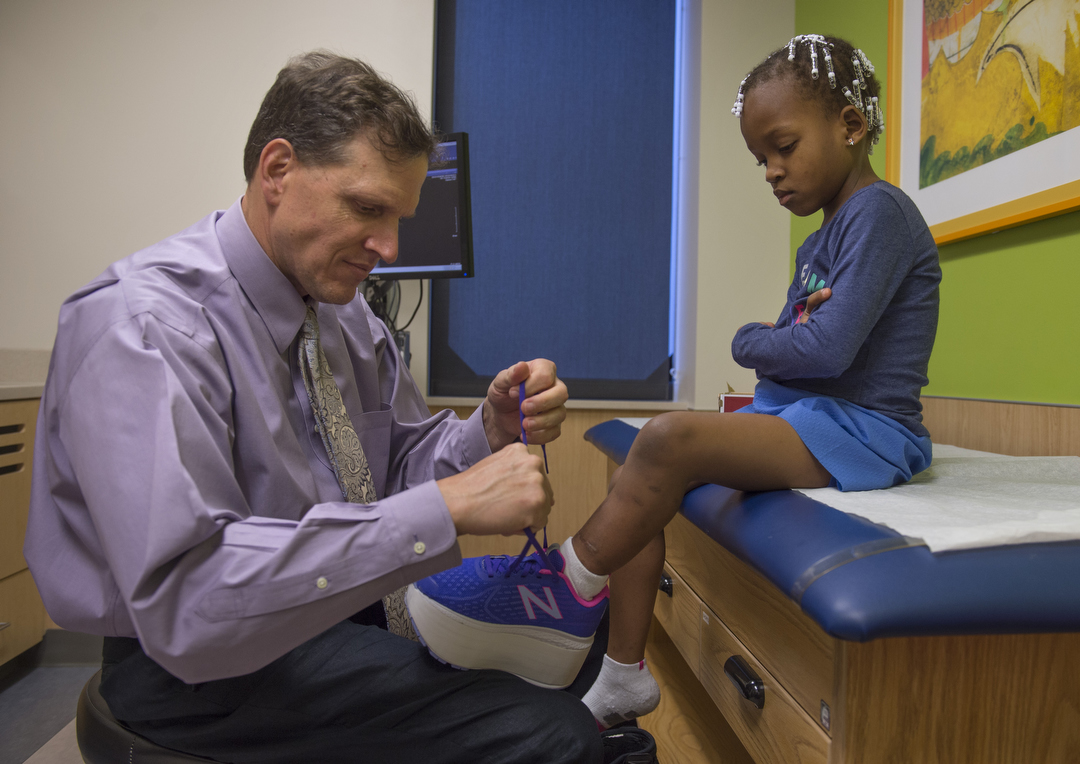
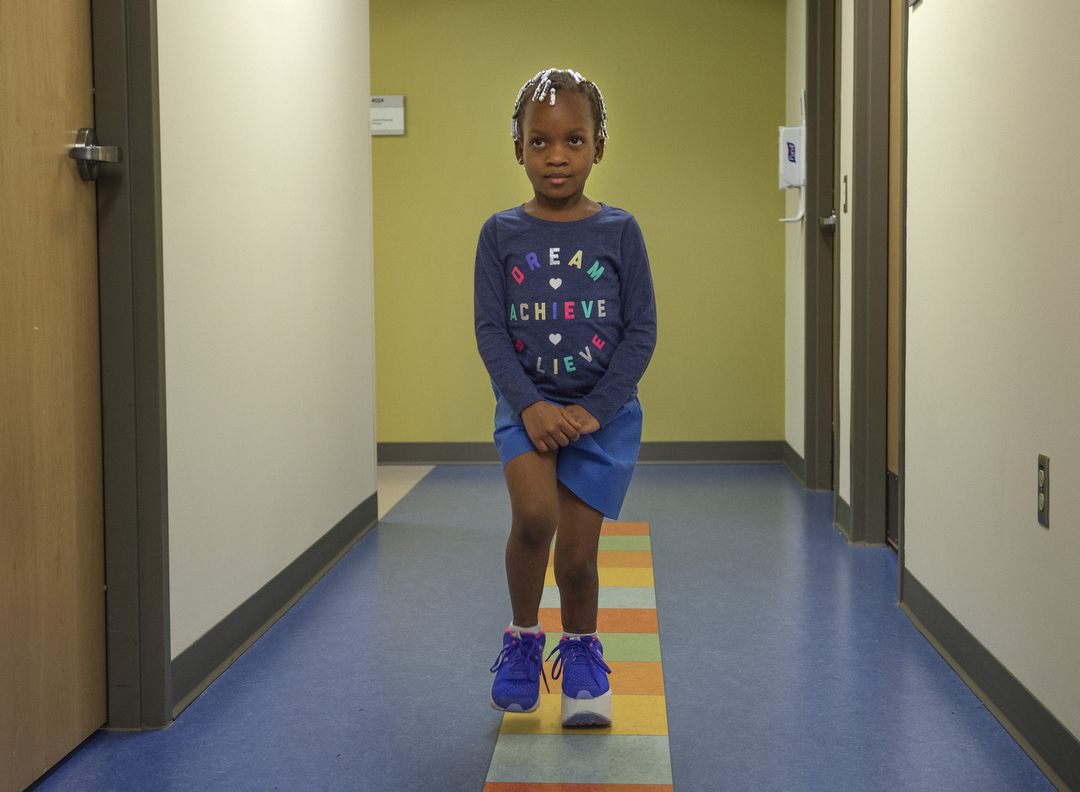


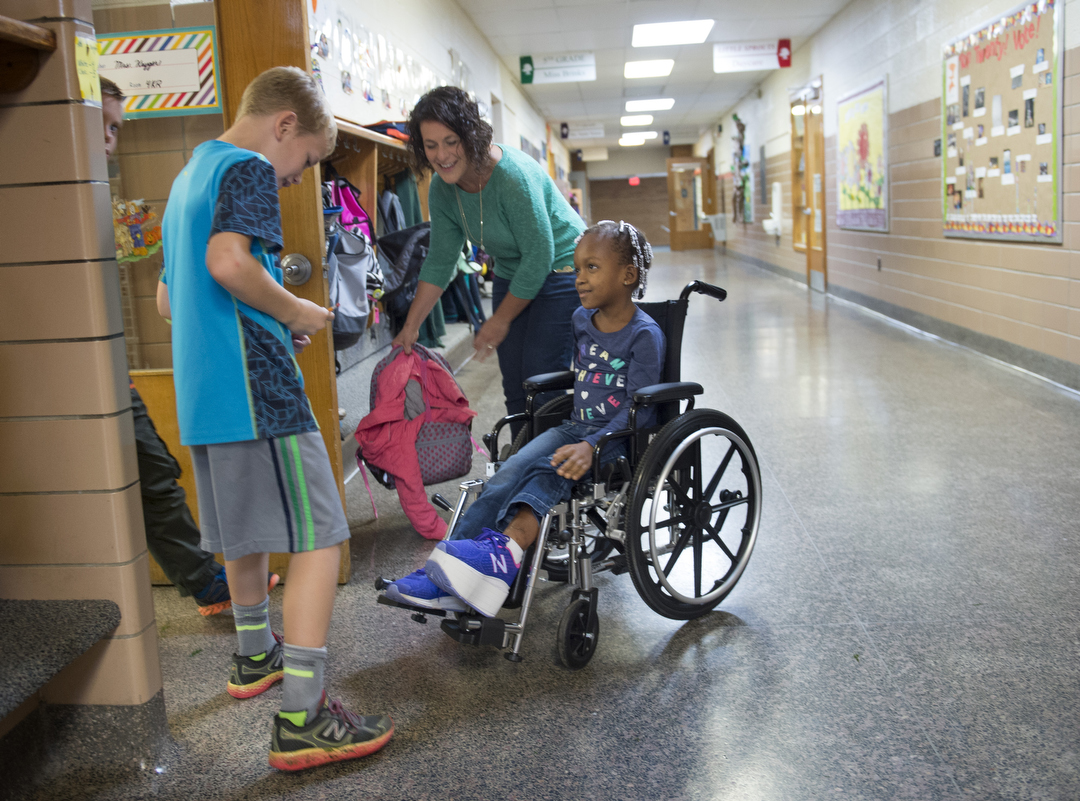
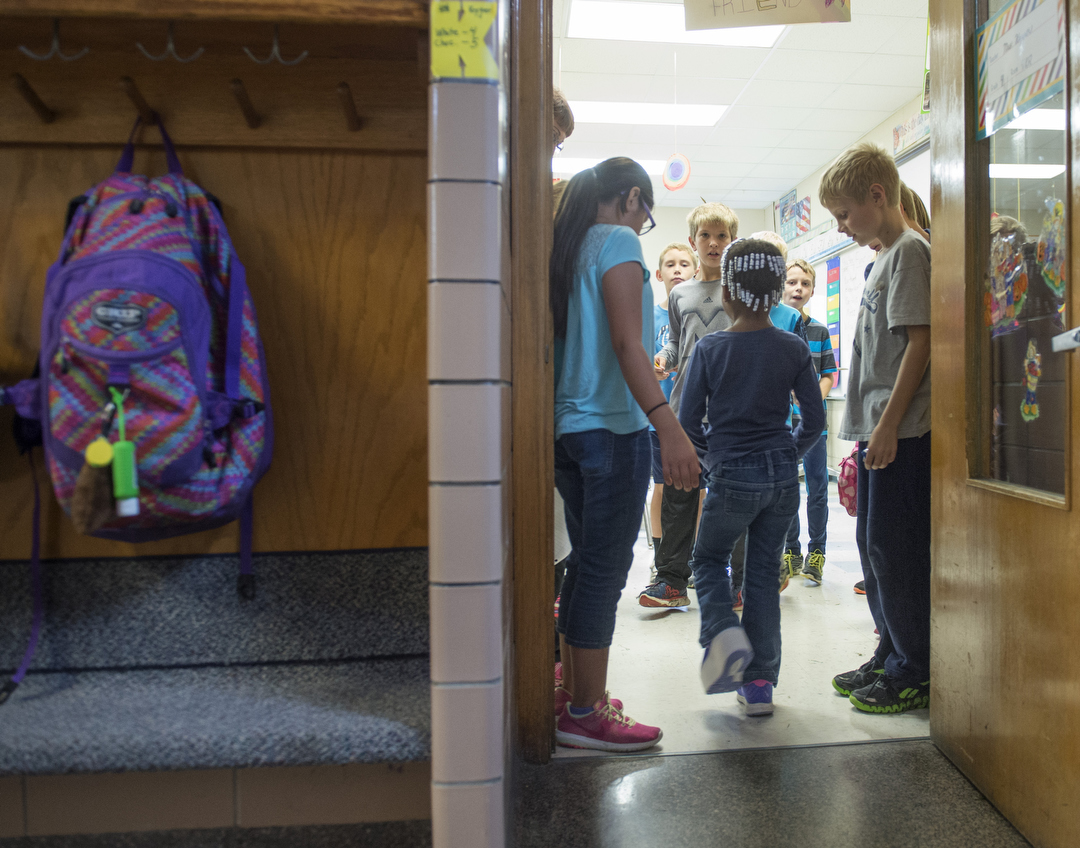
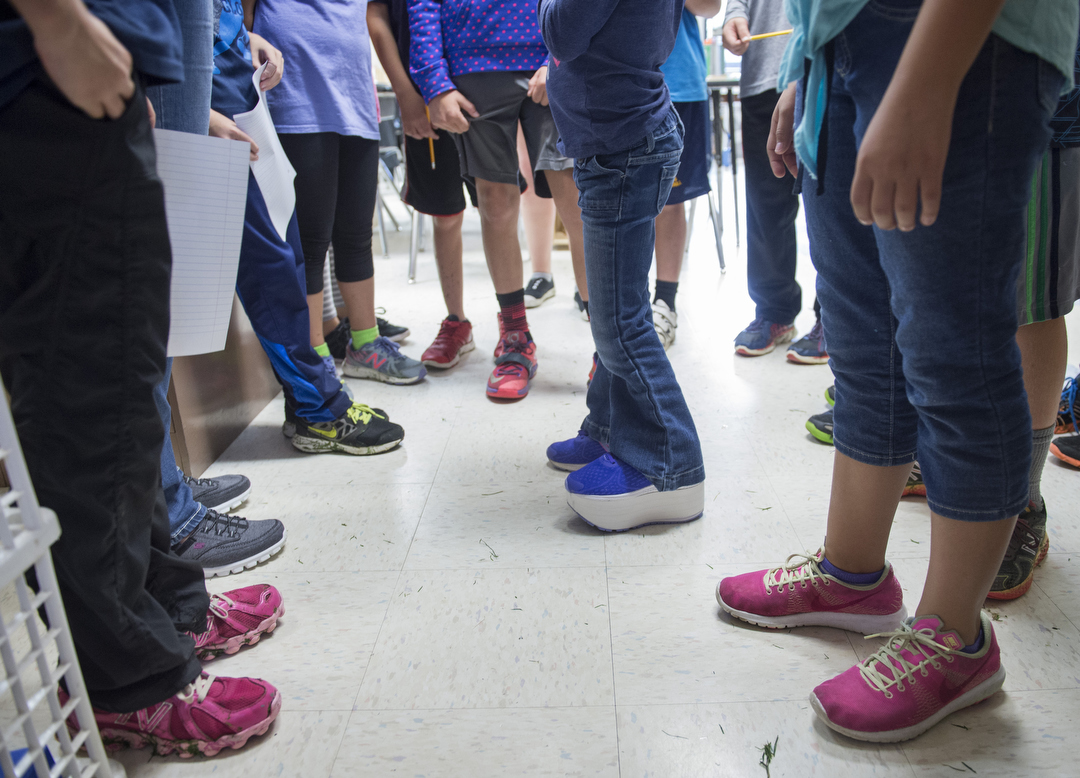
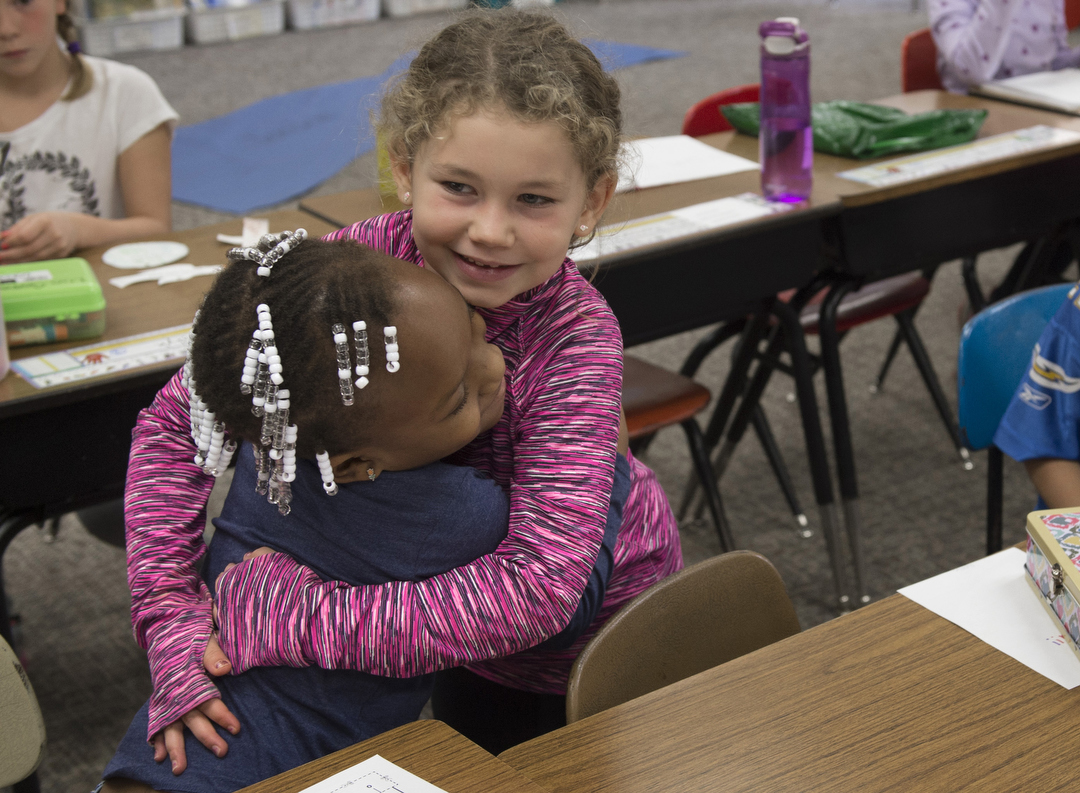
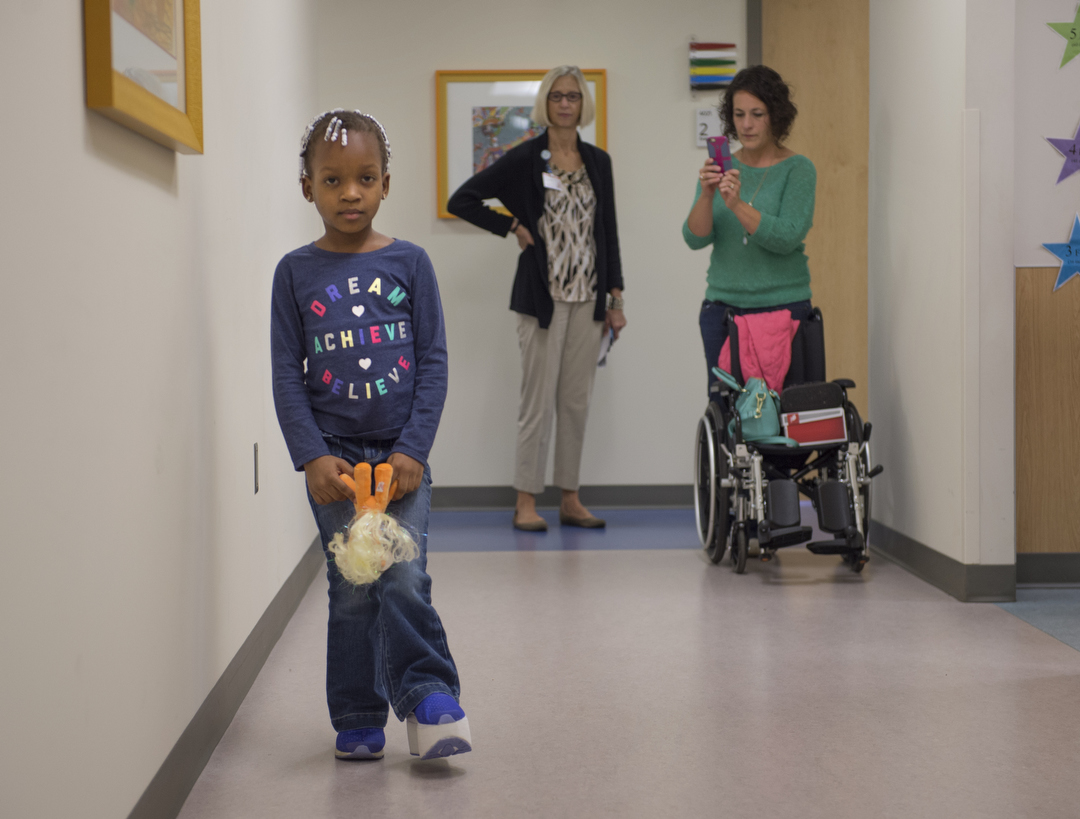
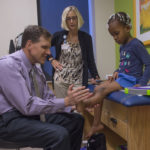
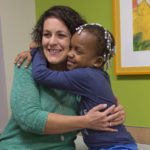
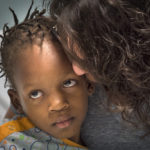
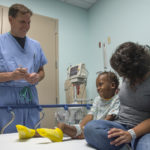

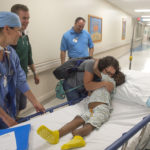
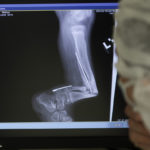


















 /a>
/a>
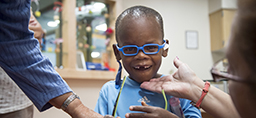 /a>
/a>
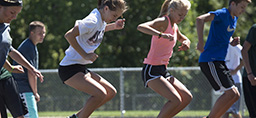 /a>
/a>
Thank you to Dr Cassidy and his team who performed that intervention on Melissa’s leg and also to the Miedema and her family who have been so nice by providing her with a roof to stay. Good people do exist. God bless thèm as well as Melissa
Thank you for your kind comment, Marie Anne. I think everyone involved in Melissa’s stay is very fond of her. She has certainly captured hearts.